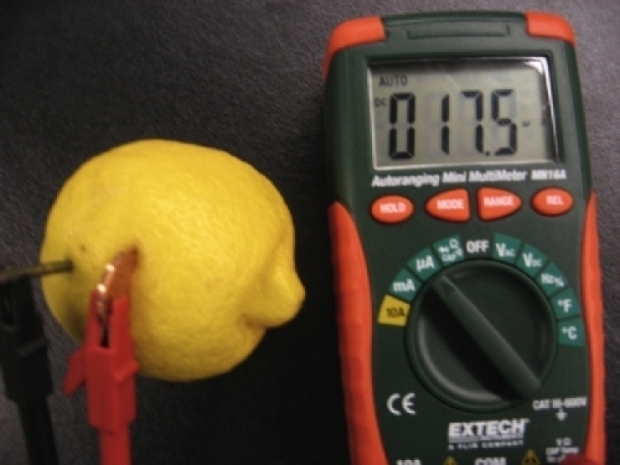Battery cells use glue-like binders to hold the positively charged cathode and negatively charged anode. Lawrence Berkeley’s material is a “quick-release” binder made from two widely available polymers that dissolves when placed in room-temperature alkaline water containing sodium hydroxide. The battery metals can then be filtered out of the solution and air-dried. This means there is no burning and or release of toxins.
Senior scientist at the Berkeley lab Gao Liu said that the research is already moving into commercial testing with Onto Technologies, a recycling startup in Bend, Oregon. If all goes well, the new binding material could start being used in lithium-ion batteries within “two to five years.”
Companies including Redwood Materials, led by Tesla cofounder JB Straubel, and Toronto-based Li-Cycle, are raising billions of dollars to build large-scale recycling facilities across North America that they hope will someday position them as key suppliers of the commodity metals electric vehicle batteries most need. That’s likely to be critical as dozens of new battery plants planned by companies including General Motors, Ford, Tesla, Toyota, Hyundai and Panasonic open over the next few years.
While lithium-ion batteries are great for eliminating tailpipe exhaust and climate-warming carbon emissions, they’re dirty when they burn. If a Tesla battery pack catches fire, for example, it releases a range of harmful toxins and poly-fluoroalkyl substances, or PFAS chemicals, that are linked to a range of human health problems. The Lawrence Berkeley Lab’s binder does not contain PFAS chemicals.
According to Lawrence Berkeley, the binder costs about a tenth the price of two of the most commonly used commercial binders. And in addition to batteries for electric vehicles, the team that created the material believes it can be used for batteries of any size, ranging from those in cellphones to massive ones that utilities use to store electricity.




